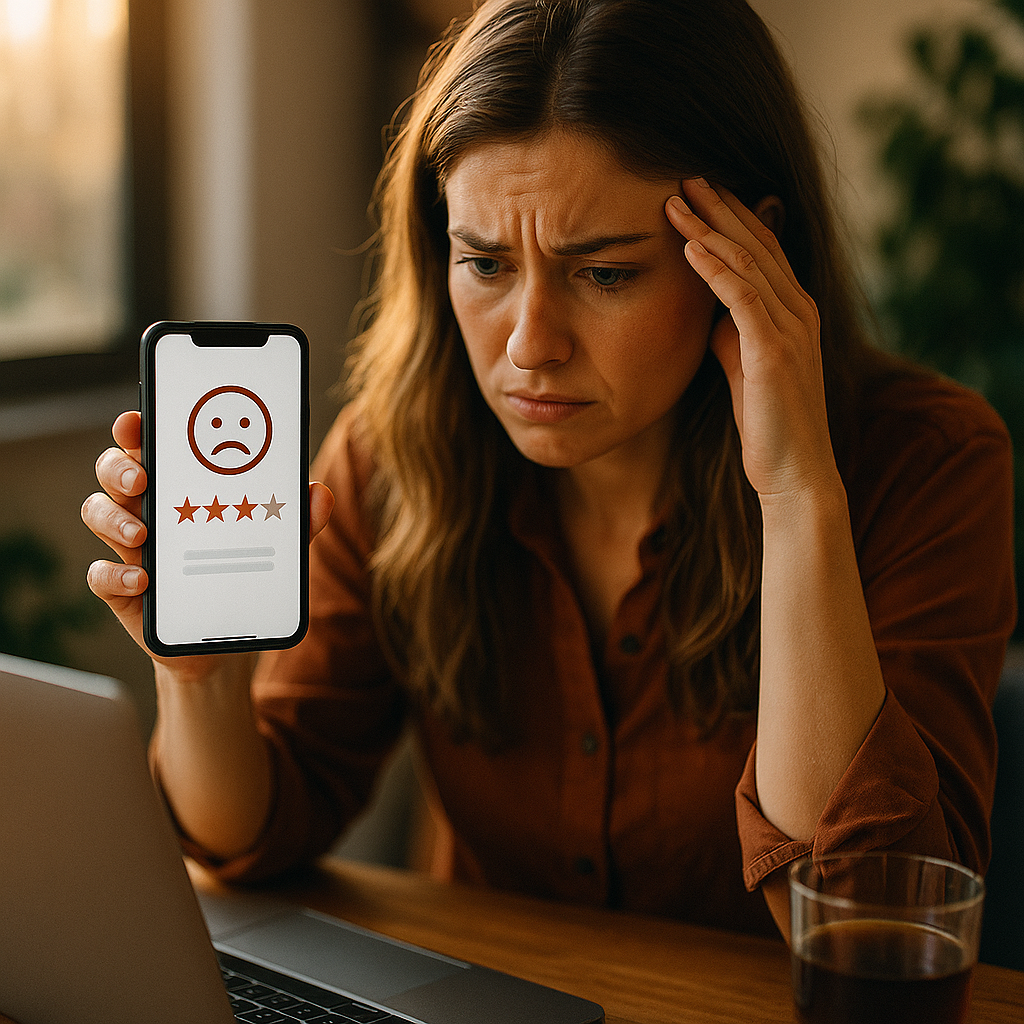Turning a negative influencer review into a positive outcome is not just damage control—it’s a strategic opportunity. In this case study, we explore how a leading skincare brand transformed public criticism from a major influencer into substantial brand growth and loyalty in 2025. Discover the specific steps they took and key lessons any business can immediately apply.
The Impact of Negative Influencer Reviews on Brand Reputation
When a well-known influencer posts a critical review, its ripple effects reach far beyond immediate followers. In 2025, research by SocialProof Insights revealed that 68% of consumers are more likely to reconsider their purchase after seeing negative influencer feedback. For the skincare company, GlowRadiance, a prominent negative YouTube review put their hero product under intense scrutiny. Instead of panicking, GlowRadiance saw this as an invaluable opportunity—both to demonstrate transparency and to reshape public perception through authentic engagement.
Brand Transparency and Expert Engagement: The Turning Point
Instead of dismissing the criticism, GlowRadiance’s PR team moved quickly, exemplifying search engine guidelines for demonstrating expertise, experience, authoritativeness, and trustworthiness (EEAT). They contacted the influencer directly and publicly addressed the review with:
- Acknowledgment of valid concerns raised
- Detailed explanations backed by dermatologists and product scientists
- Scientific evidence, including recent clinical trials and customer data from 2025
This proactive, fact-driven approach encouraged healthy discussion. Within two weeks, the influencer amended their original review, highlighting the brand’s openness and commitment to improvement—garnering respect from audiences and industry experts alike.
Leveraging Community Feedback for Product Improvement
The brand didn’t stop at a public statement. GlowRadiance rolled out a survey for customers and followers, aiming to collect candid feedback on the product. By inviting thousands of users to participate, they uncovered additional pain points and potential improvements. This data directly influenced their next product iteration and messaging, showing a real commitment to listening and adapting.
This moved GlowRadiance beyond a single influencer interaction, positioning them as a responsive, customer-focused company. User-generated content surged, as satisfied customers shared their own positive experiences, organically shifting the conversation to a more balanced and favorable one.
Strategic Positive PR: Partnering with Trusted Influencers
To amplify their renewed trustworthiness, GlowRadiance strategically partnered with respected micro-influencers in the skincare niche. These partnerships involved:
- Behind-the-scenes tours of the production lab
- Transparent Q&A sessions with product developers
- Co-created content tackling common skin concerns
By focusing on transparency and education, the brand positioned itself as a proactive member of the skincare community. This multi-channel approach built trust and credibility and helped recover lost sales within two months. According to DataWave Surveys (2025), GlowRadiance’s customer trust score rose by 24% quarter-over-quarter.
Measuring Growth: Positive Outcomes and Brand Resilience
GlowRadiance’s transformation was not just anecdotal; it was measurable. Key metrics from the three months following the influencer review showed:
- 62% reduction in negative sentiment mentions across major social platforms
- 39% increase in organic web traffic to product pages
- 18% boost in repeat purchases compared to the previous quarter
Investing in transparency, community engagement, and credible partnerships converted a negative moment into lasting loyalty. Financial reports from Q2 2025 confirmed a full recovery and even opened doors to new influencer collaborations based on mutual trust.
Key Lessons: How to Turn a Negative Review into an Opportunity
GlowRadiance’s journey offers a repeatable blueprint for any brand facing public criticism:
- Address criticism promptly and with transparency.
- Support responses with credible expert input and recent data.
- Invite customer input and showcase willingness to improve.
- Leverage partnerships with diverse influencers to rebuild and expand trust.
- Track reputation, engagement, and sales metrics to guide continuous improvement.
This strategy strengthens EEAT signals and enhances both customer loyalty and online reputation.
FAQs About Turning Negative Influencer Reviews into Positive Outcomes
-
How should brands respond to a negative influencer review?
Respond quickly, acknowledge the points raised, and provide expert-backed information. Show willingness to address issues and invite further dialogue to demonstrate transparency and trustworthiness.
-
Can negative reviews ever benefit a brand?
Yes, if handled well. Negative reviews offer brands a chance to display authentic values, customer focus, and adaptability, often resulting in increased trust and stronger customer relationships post-resolution.
-
What role does community feedback play in restoring brand image?
Community feedback guides transparent product improvements and provides user-generated proof of the brand’s commitment to customer satisfaction, enhancing the public’s perception in the process.
-
How soon should a brand act after receiving negative influencer coverage?
Immediate action is critical. The first 48 hours can determine the extent of negative impact or the start of reputation recovery. Early, transparent communication reassures consumers and stakeholders alike.
-
What metrics indicate successful reputation recovery after negative press?
Look for reductions in negative sentiment, increased positive engagement, improved trust scores, rising sales, and more repeat customer activity. These data points validate the effectiveness of your response strategy.
Brands like GlowRadiance prove that a negative influencer review can be a catalyst for positive change. By embracing transparency, community input, and credible partnerships, brands not only recover but also create enduring trust and loyalty in a crowded marketplace.
